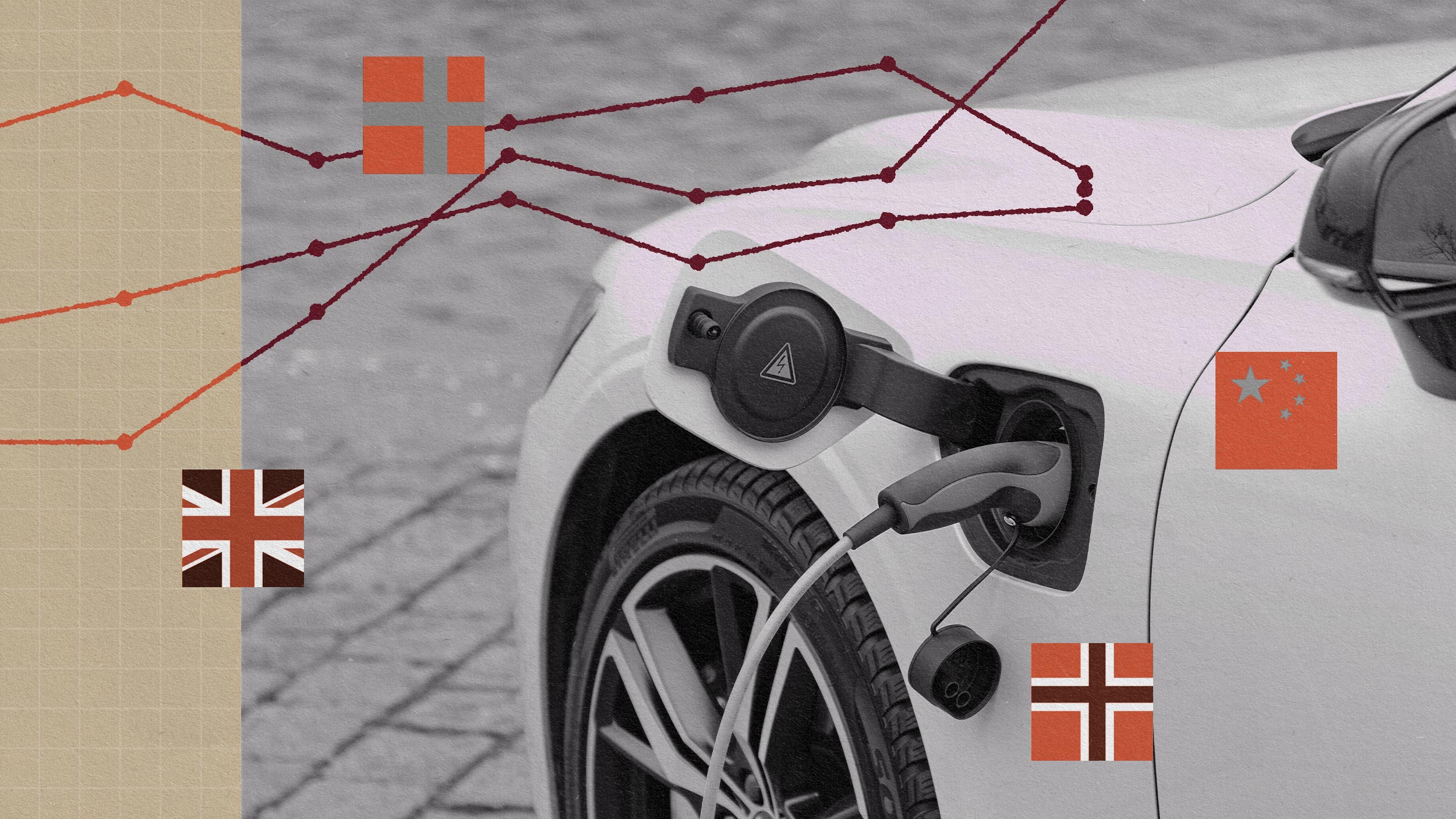The first successful flight of an ionic-wind aircraft

(Barrett, et al/Nature)
- A team of scientists at MIT have flown the first ionic-wind aircraft.
- It's the first successful test of the emission-free technology.
- The days of propellers and combustion engines are numbered. Imagine silent aircraft gliding overhead!
In February 1904, the Wright Brothers first achieved flight at Kitty Hawk, North Carolina. Their time aloft was brief, less than 12 seconds, and the distance their craft traveled just 36.6 meters, but the moment made history as a demonstration of a new technology that might someday lead to air travel, which, of course, it did. According to research published November 21 in Nature, what may turn out to be a similarly world-changing set of flights recently took place about a half-meter above the polished floor of the DuPont Athletic Center at Massachusetts Institute of Technology.
Though the 2.45 kilogram prototype ultimately flew a bit further, about 60 meters, and was in the air only an average of 10 seconds, these were the first sustained flights ever by plane propelled via ionic wind. This form of propulsion requires no moving parts, is silent, and, most significantly, doesn’t require the burning of fuel. (Airplanes are the source of 11% of U.S. transportation-related emissions.)
As MIT’s associate professor of aeronautics and astronautics Steven Barrett says, the days of propellers and combustion engines are numbered: “The future of flight should be more like what you see in Star Trek, with kind-of a blue glow, and something that silently glides through the air.”

(Barrett, et al/Nature)
The MIT ionic drive plane
Barrett’s team decided to try to develop a prototype that roughly resembles a traditional airplane, with a 5-meter wingspan. Its power source is a 500W battery, which also makes the ionic-wind prototype the first fully solid-state aircraft ever to fly.
Beneath the MIT craft’s wings are mounted two stacks of four electrode arrays each, one stack in front, and one in back. Each array consists of a very thin, very high-voltage wire in front, and very low-voltage aerofoil behind it—together, they create an electrical gradient in which ions flow from the wire back to the aerofoil.

The creation of ionic wind
(Barrett, et al/Nature)
In the ionic wind
Conventional aircraft have bladed turbines that pull in air from the front and push it out back to propel a plane forward. Unlike that, each array in the MIT prototype creates an ionic wind that achieves a similarly propulsive effect.
The 20,000-volt field surrounding the thin wire at the front of each array produces collisions between electrons and atoms and molecules, and this results in a cloud of charged nitrogen ions that are attracted to the aerofoil’s opposite -20,000-volt charge. Along the way there, the ions bump into and collect air molecules by transferring momentum to them—these air molecules flowing back to and over the aerofoil are the ionic wind. When this is multiplied by the prototype’s eight arrays, enough electroaerodynamic thrust is generated to successfully propel the craft forward.

Time-lapse of MIT flight
(Barrett, et al/Nature)
A long-simmering idea
Electroaerodynamic thrust wasn’t an idea invented by Barrett and his team. It goes back to the work of Thomas Townsend Brown and Paul Alfred Biefeld in the 1920s, who designed systems with high-voltage electrodes in their search of anti-gravity. They never found it, of course, but their experiments nonetheless laid out the principles involved in generating charged ion clouds and ionic wind.
In the 1960s, ionic-wind and electroaerodynamic thrust were first proposed, but attempts to create working devices came up short.
About nine years ago, Barrett himself became interested in technologies that could lead to silent aircraft with no moving parts, and came across references to ionic wind, along with the assumption it was little more than a dead end. “It was a sleepless night in a hotel when I was jet-lagged, and I was thinking about this and started searching for ways it could be done,” Barrett remembers. “I did some back-of-the-envelope calculations and found that, yes, it might become a viable propulsion system.” And thus began years of further research and many failed attempts en route to success.
When we’ll see ionic-wind flight
Getting a prototype the weight of a Chihuahua into their air is one thing. Scaling up to full-sized craft is another. Still, this is a pretty exciting breakthrough and proof of concept. “This is the first-ever sustained flight of a plane with no moving parts in the propulsion system,” points out Barrett. “This has potentially opened new and unexplored possibilities for aircraft which are quieter, mechanically simpler, and do not emit combustion emissions.” Barrett expects we’ll first see electroaerodynamic thrust in the drones that are becoming ever more ever-present in our lives as CCTV devices, delivery vehicles, and so on, since they’re not really substantially bigger than his prototype.





